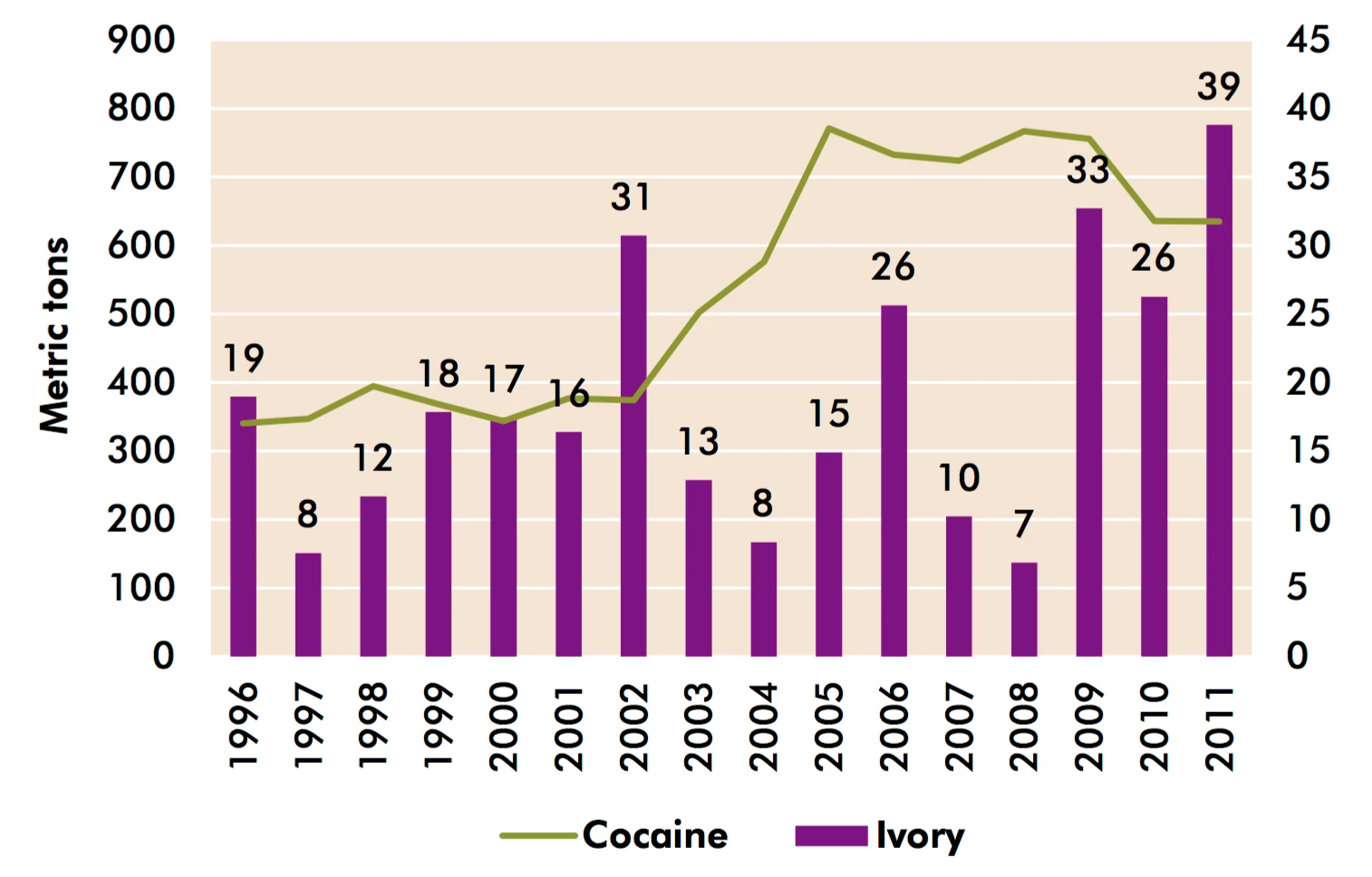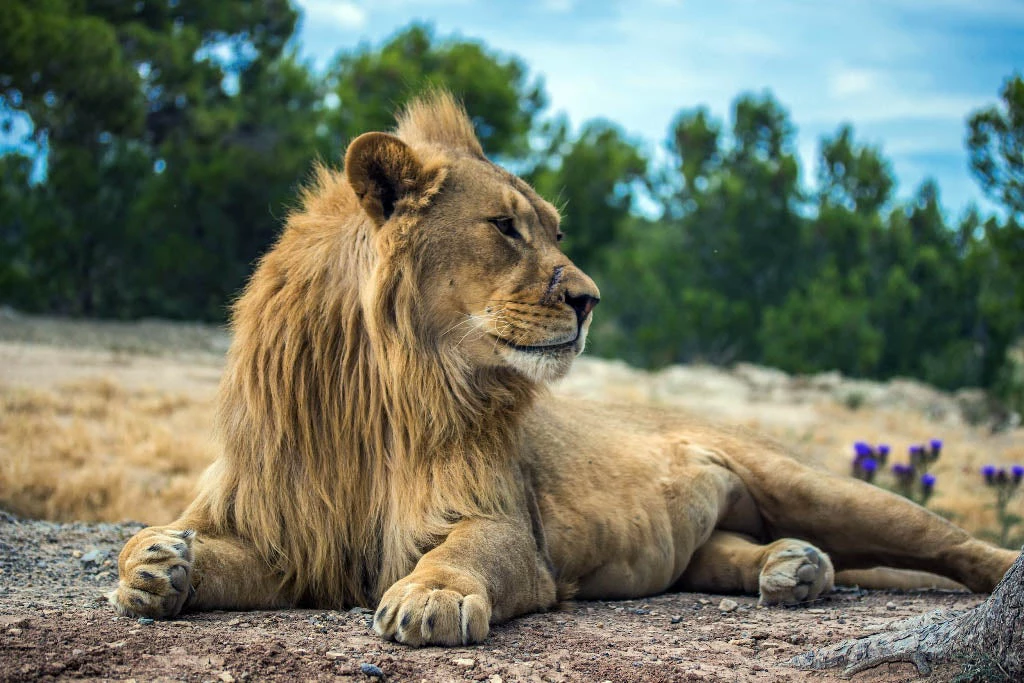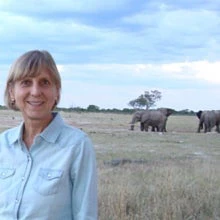Every place where I travel in Africa and Asia I hear stories about the dramatic loss of wildlife and the destruction of ecosystems and habitats. Most recently, while attending the third high-level Conference on Illegal Wildlife Trade in Hanoi that was attended by heads of states and delegates from 54 countries and international organizations, the World Bank’s Vietnam Country Director Ousmane Dione shared his own personal story on the disappearance of wildlife.
In Ousmane’s home country of Senegal, the lion is a national symbol, displayed on the coat of arms, the President’s exclusive seal, and is even the namesake of the national soccer team: The Lions. However, in the past 20 years, 80% of the lions in West Africa have been lost and in Senegal a mere 16 lions remain relegated to the Niokolo Koba National Park where their prey is diminishing as a result of the bush meat trade and competing resources with grazing livestock. Ousmane fears his children will never see a lion in their native country.
The scale of illegal wildlife trade (IWT) is massive and the loss of species including tigers, elephants, rhinos and others is widespread. IWT is a multi-billion dollar industry that has, in addition to habitat loss, caused a decline of 58% of mammals, birds and reptile populations between 1970 and 2012 according to the World Wildlife Fund’s Living Planet Report.
Vietnam, with one of the highest proportions of threatened species in the world, is especially suffering the consequences: of 3,990 species assessed by the International Union for Conservation of Nature (IUCN, 2012), 512 species (13%) are threatened with extinction. Vietnam is also one of the countries in Asia with high consumer demand for wildlife products. By hosting this conference, the Government of Vietnam demonstrated its commitment to play a leading role in fighting wildlife crime and reducing demand for wildlife products – topics that were at the forefront of the conference.
Demand for wildlife and wildlife products are increasing dramatically, yet, the interventions to reduce demand remain inadequate. The first-ever review of international donor funding for combatting illegal wildlife trade in Africa and Asia, just published by the World Bank-led and Global Environment Facility (GEF)-funded Global Wildlife Program (GWP), showed that international investments to combat IWT totaled over $1.3 billion dollars since 2010.
However, demand-reduction activities amounted to just 5% of the overall investments. This is a cause of concern, but given the amount of attention to this issue at the Hanoi conference I believe people are realizing demand-reduction must be a core component of reducing wildlife crime.
Ahead of the conference, as manager of the Global Wildlife Program, I worked with Vietnam’s Ministry of Natural Resources and Environment and the World Bank Vietnam office to prepare a $3 million project that would strengthen the policy and regulatory framework to reduce IWT and support interventions to reduce wildlife consumer demand. This is one of the GWP’s 20 projects to reduce IWT across 19 countries in Asia and Africa.
Through the discussions, I saw firsthand the challenges that governments and local organizations face in dealing with this complex issue. Vietnam is not only a destination of wildlife products sourced from other countries, but it is also a transit point of the IWT supply chain. Proposed interventions need to fundamentally change consumer behavior while simultaneously disrupting the international wildlife trafficking routes.
The rising demand for illegal wildlife products is driven by a bourgeoning affluent population in the rapidly growing economies of Asia and South East Asia. Some wildlife products such as ivory and rhino horn are prized commodities and reap huge profits for criminal organizations, which drives the illegal wildlife trade and pushes charismatic species towards extinction. According to the United Nations Office on Drugs and Crime’s (UNODC) World Wildlife Crime Report, more ivory has been seized worldwide in recent years than cocaine – as evident by a surge in elephant poaching that began approximately a decade ago and contributes to the slaughter of tens of thousands of elephants per year.
Total weight of large-scale (>500kg) ivory seizures recorded by the Elephant Trade Information System (ETIS) versus global cocaine seizures

At the GWP, we are ready to address all fronts of the wildlife crisis. Countries within the GWP that are source countries have adopted interventions that reduce poaching at the site level, which include protected area management, community engagement, and landscape management. Transit countries on the front lines of combatting wildlife crime are focusing on strengthening legal, judicial and enforcement operations; and consumer countries are focusing on awareness-raising and behavior-change campaigns.
We can capitalize on the great work of many of the GWP’s partners: WildAid, TRAFFIC, World Wildlife Fund (WWF), Wildlife Conservation Society (WCS), the International Union for the Conservation of Nature (IUCN), and the UN Wild for Life campaign, which are working across sectors with national partners to influence behavior change and reduce demand. WildAid in particular is focusing exclusively on reducing demand using powerful public service announcements and short documentaries featuring well-known “ambassadors” that reach hundreds of millions of people each year in China alone spreading the message: when the buying stops, the killing can too. Surveys show their campaigns are having an impact on awareness, attitudes and behaviors, yet much more work remains to stem the crisis.
I have no doubt that by working together and using the power of media and the strength of the people we can change the trajectory of the current wildlife crisis.



Join the Conversation